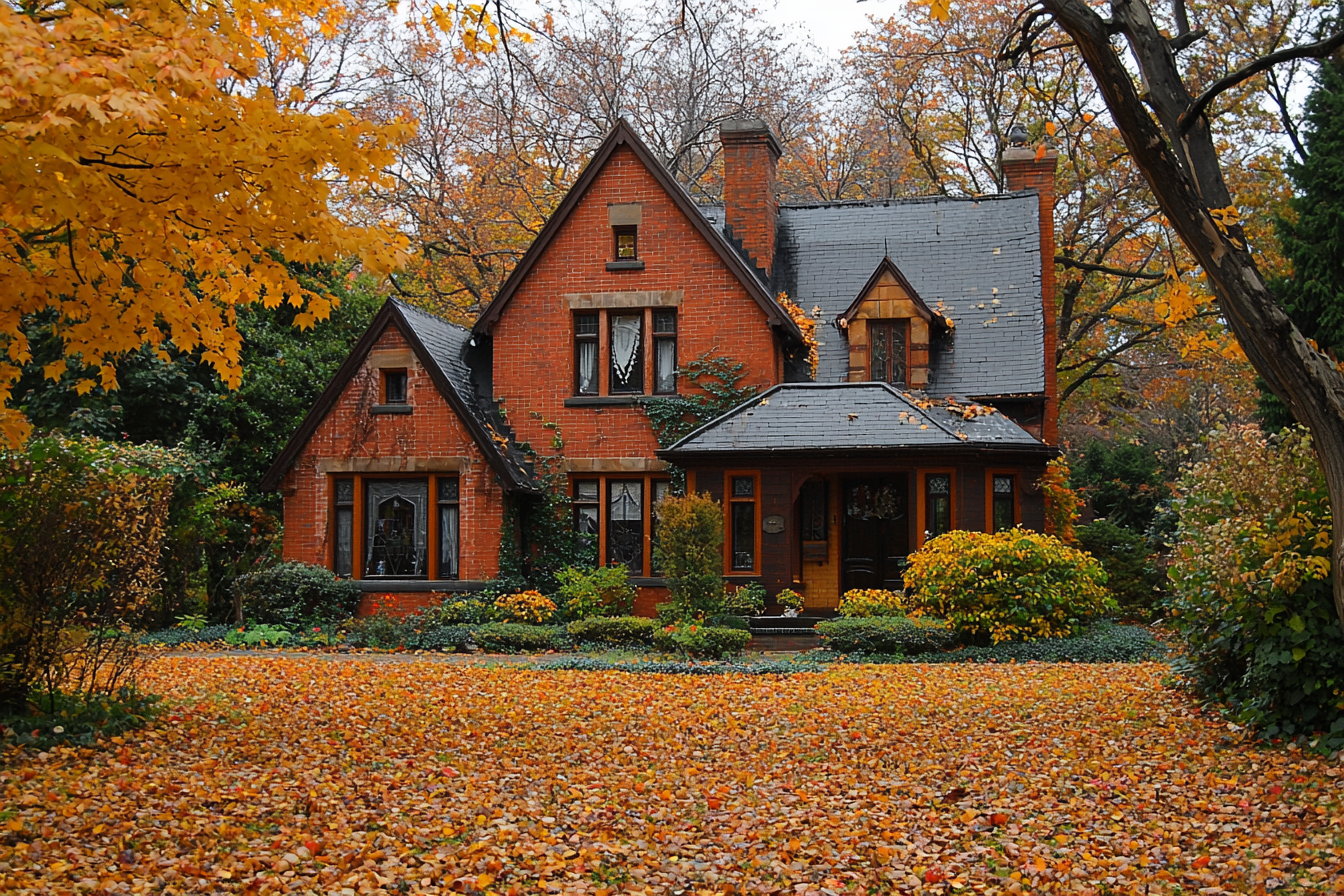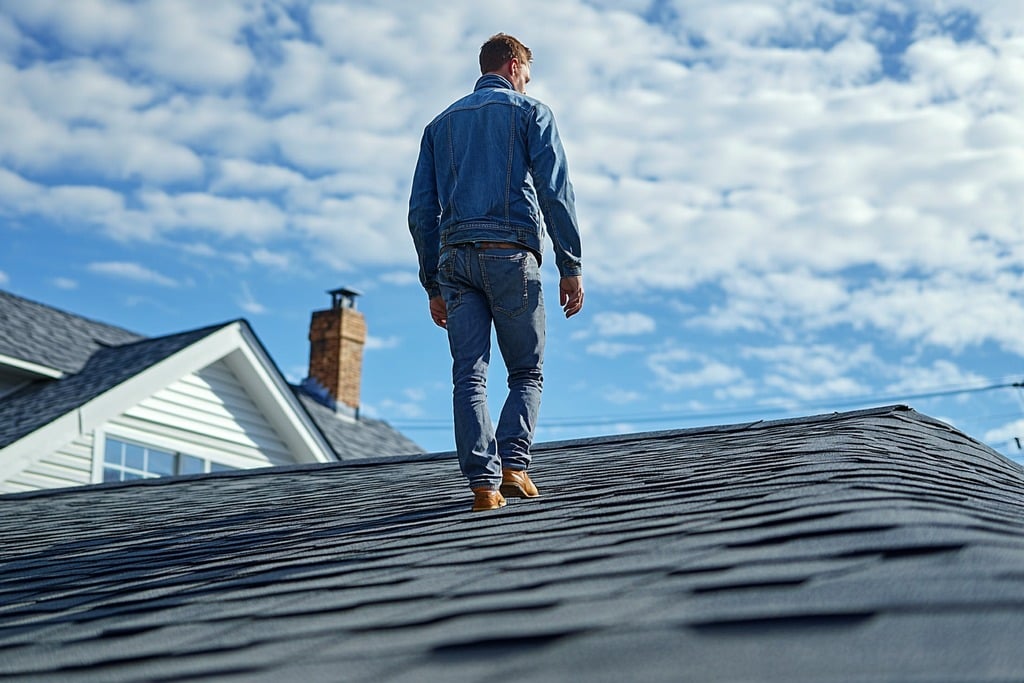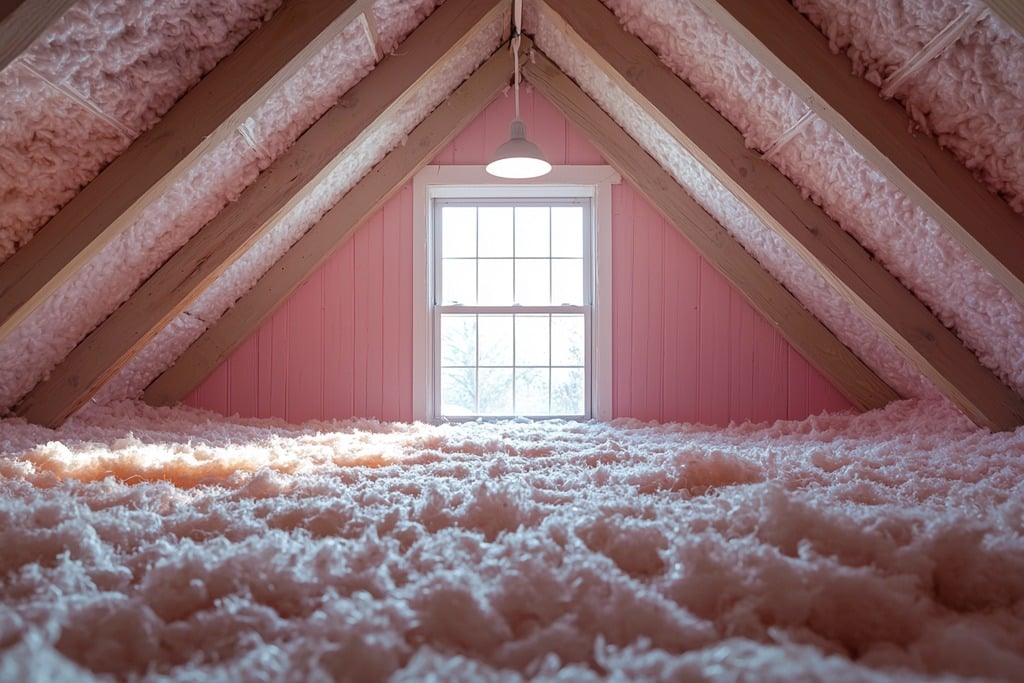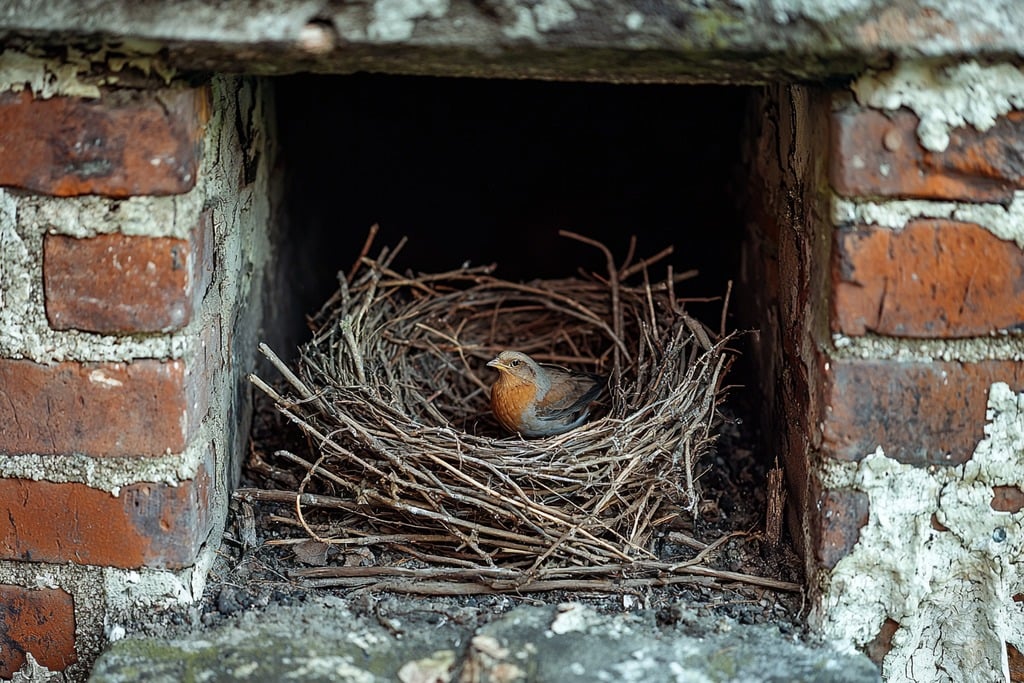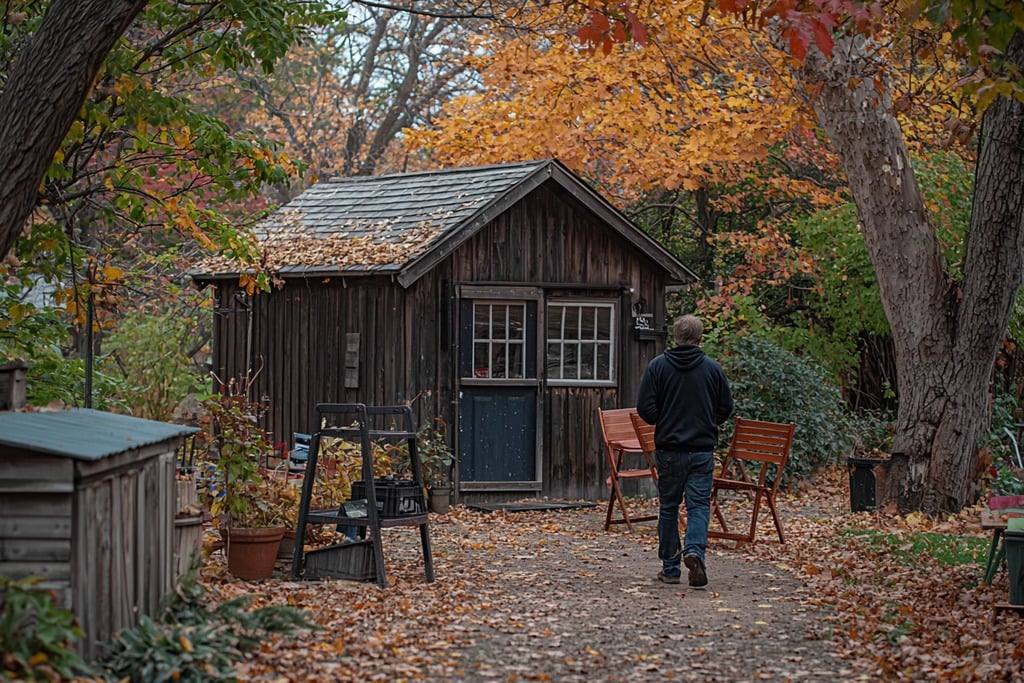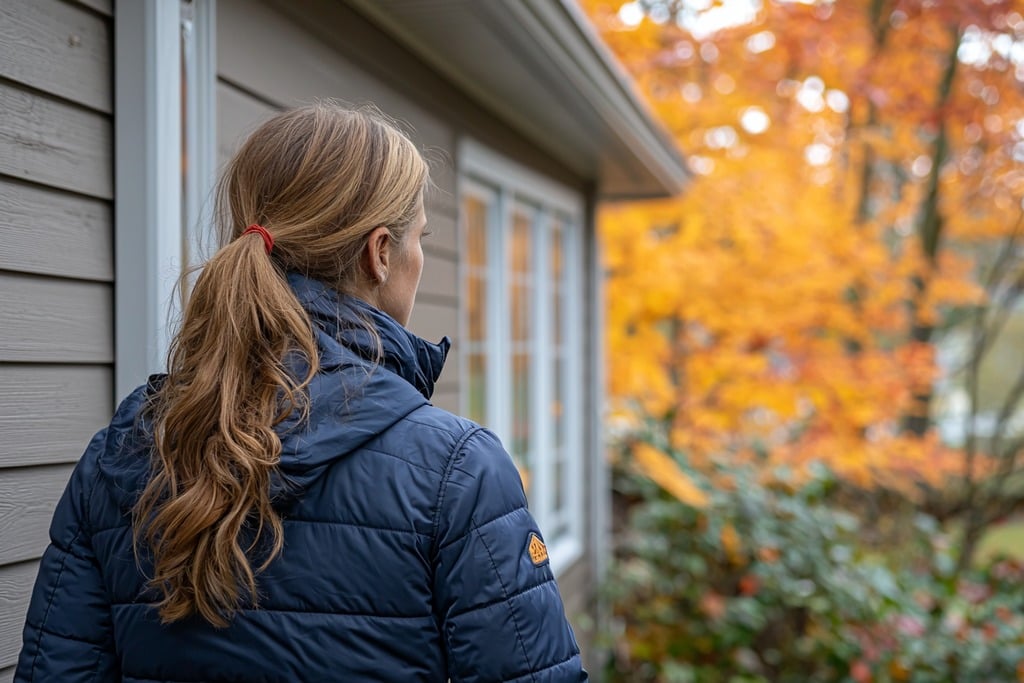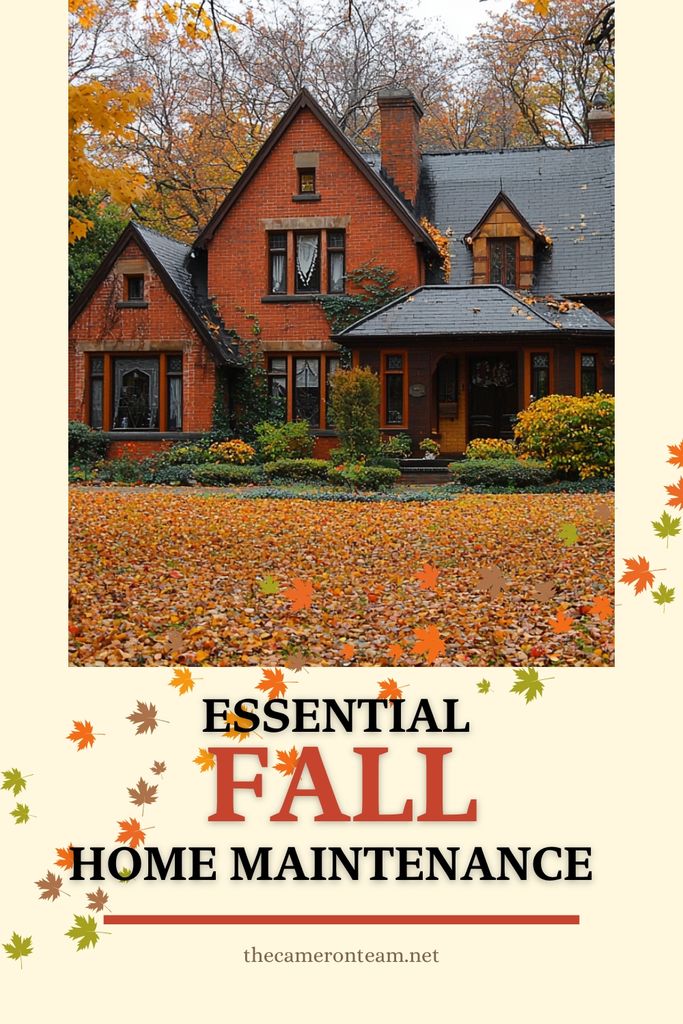As the leaves begin to turn and the temperatures start to dip, homeowners in Southeastern North Carolina should take this seasonal transition as a cue to prepare their homes for the cooler months. Fall isn’t just about enjoying pumpkin spice lattes and cozy sweaters; it’s also about ensuring your home is ready for what winter might bring. From cleaning out the gutters to checking your HVAC system, there are several key tasks that can help protect your property and save you money in the long run.
1. Inspect and Clean Gutters and Downspouts
One of the most important tasks for fall home maintenance is cleaning out your gutters and downspouts. Southeastern North Carolina’s autumn can bring a significant amount of leaves, and if they accumulate in your gutters, they can cause clogs. This can lead to water overflowing and potentially damaging your roof, siding, and foundation.
- How to do it: Grab a sturdy ladder, some gloves, and a bucket. Remove leaves and debris by hand or with a small scoop. Then, flush the gutters with water to ensure they’re clear. Don’t forget to check downspouts to make sure water flows freely away from your home.
2. Check Your Roof for Damage
The last thing you want is to discover a leaky roof when winter weather rolls in. Fall is the perfect time to inspect your roof for any damage that might have occurred over the summer. Look for missing, cracked, or curling shingles, and take note of any areas that look like they could be problematic.
- Tip: If you’re uncomfortable inspecting the roof yourself, consider hiring a professional to take a look. Even small issues can lead to significant problems if left unattended.
3. Service Your HVAC System
As the cooler weather approaches, you’ll start relying more on your heating system. That’s why it’s crucial to have your HVAC system serviced in the fall. Regular maintenance ensures your system runs efficiently, saving you money on energy bills and extending the life of your unit.
- What to do: Replace the air filter, clean vents and ducts, and schedule a professional HVAC inspection. This is also a good time to check your thermostat settings and consider upgrading to a programmable thermostat if you don’t already have one.
4. Seal Drafts and Insulate
Keeping your home warm during the cooler months doesn’t have to cost a fortune. Sealing drafts around windows and doors can significantly reduce heating costs. Additionally, insulating areas like the attic and basement will keep the warm air in and the cold air out.
- DIY Tips: Use weatherstripping or caulk to seal gaps around windows and doors. For older homes, it might be worthwhile to add insulation to your attic or even replace old windows with more energy-efficient ones.
5. Prepare Your Yard and Outdoor Spaces
Fall is the ideal time to tidy up your yard and prepare it for winter. This not only keeps your landscape looking neat but also prevents problems like pests and diseases from taking hold.
- Lawn Care: Rake up leaves regularly to prevent them from smothering your grass. Consider aerating your lawn to improve soil health and encourage strong root growth.
- Pruning and Trimming: Trim back trees and shrubs, especially those close to your house. This reduces the risk of branches breaking off during winter storms and causing damage.
6. Inspect and Clean Chimneys and Fireplaces
If you have a fireplace, fall is the time to make sure it’s ready for use. A clean, well-maintained chimney not only improves the efficiency of your fireplace but also reduces the risk of chimney fires.
- What to look for: Check for any obstructions like bird nests or debris. Also, ensure that the chimney cap is in good condition. If you haven’t had your chimney professionally cleaned in a while, now’s the time to do it.
7. Check Smoke and Carbon Monoxide Detectors
As you start using your heating system more frequently, it’s essential to ensure that your smoke and carbon monoxide detectors are functioning properly. These devices are critical for your family’s safety, especially during the colder months when the risk of fire or carbon monoxide poisoning increases.
- Quick Tip: Replace batteries and test each detector to make sure they’re working. If your detectors are more than 10 years old, consider replacing them altogether.
8. Winterize Outdoor Faucets and Sprinkler Systems
Freezing temperatures, though rare in Southeastern North Carolina, can still occur. Protecting your outdoor plumbing is crucial to avoid burst pipes, which can cause significant water damage.
- Steps to take: Disconnect and store garden hoses. Shut off the water supply to outdoor faucets and drain them. If you have an in-ground sprinkler system, be sure to blow out the pipes to prevent them from freezing.
9. Store Seasonal Furniture and Equipment
As the temperatures drop, it’s time to put away outdoor furniture and equipment. This helps protect your belongings from the elements and prolongs their lifespan.
- How to store: Clean and dry outdoor furniture before storing it in a garage or shed. Cover large items that can’t be stored indoors to protect them from rain and frost.
10. Inspect Your Foundation and Exterior Walls
Take a walk around your home’s exterior and inspect the foundation and walls for any cracks or signs of damage. Addressing these issues before winter sets in can prevent them from becoming bigger problems.
- What to do: Seal any cracks you find with caulk or masonry sealant. Also, check for signs of pests, as they’ll be looking for warm places to nest during the colder months.
Final Thoughts
Taking the time to complete these fall home maintenance tasks can make all the difference in protecting your Southeastern North Carolina home from the challenges that winter can bring. Not only will you save money on repairs and energy bills, but you’ll also have peace of mind knowing your home is well-prepared for whatever the season has in store.
Remember, a little effort now can go a long way in keeping your home safe, comfortable, and efficient throughout the cooler months. So, grab your checklist and get started—your home will thank you!

